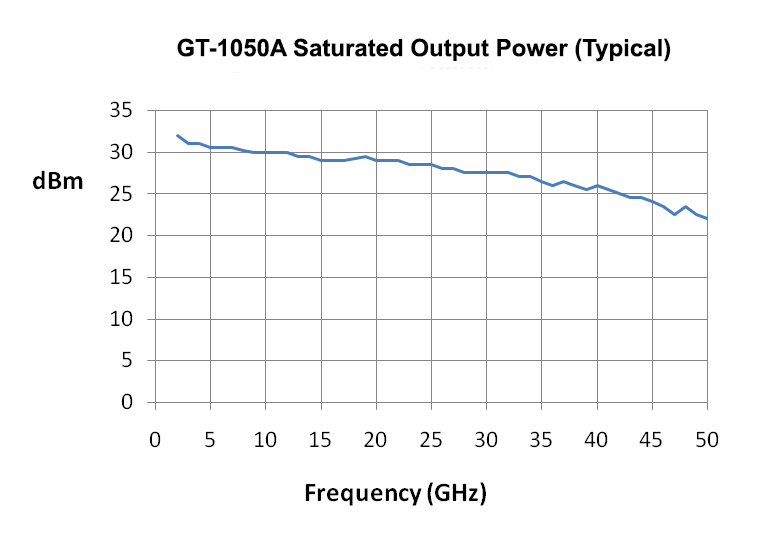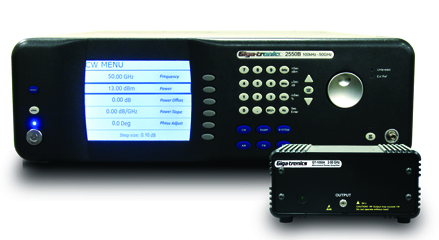|
|||||||||||||||
|
Boosting RF Output PowerSignal Generator High Power Options versus External Power Amplifiers
click here to download the full copy You need higher power to drive your device or antenna. Should you choose the high power option to a microwave signal generator or opt for an external power amplifier instead? The trade-offs are not always obvious. While adding the high power option to a microwave signal generator may seem an easy solution, remember that the tradeoffs are usually increased harmonics and IMD, as well as the practical limits to how much power can be added. Choosing an external amplifier usually results in better overall performance, with better signal purity and higher power levels available. Signal purity and very linear amplification are critical for modulated signals and that often requires operating backed off from the maximum power levels. Using an external power amplifier with higher power allows more headroom to back off, for high crest factor signals. In additional advantage of using an external amplifier is that it provides you with the ability to physically position the amplifier closer to the device under test (DUT) or antenna. By placing the amplifier closer to the DUT (or antenna), you may be able to reduce cables losses and achieve higher powers at the DUT. Since most external amplifiers have relatively high gain, moving the cable loss to between the signal generator and the amplifier rather than between the amplifier and DUT achieves the desired results.
Close proximity to the DUT (or antenna) may also reduce the magnitude of ripple and standing waves in the cabling if the impedance match to the DUT or antenna is not good. Both the effects of cable loss and mismatch reflections become more problematic as the frequencies increase. These effects may be minimized by moving the long cable to between signal generator and amplifier (where the match is better, reducing reflections) and keeping the cable length short between amplifier and DUT to minimize the standing waves. It’s also important to consider the price-performance tradeoff. High power options to microwave signal generators can be very expensive, over $40K in some cases, while an external microwave power amplifier may be considerably less expensive, as well as providing higher power and lower harmonics. Harmonics are a function of power level. While a “1 Watt” high power option to a microwave signal generator may have harmonic levels of -25 dBc at +25 dBm, a less expensive “10 Watt” external microwave power amplifier could have harmonic levels of -35 dBc at the same +25 dBm (and same frequency) because it’s operating well below its maximum output power. An additional consideration is safety and the prevention of high power levels causing damage to the DUT. Using an external microwave power amplifier allows the user to activate the high power only when needed. The signal generator can be turned on and set up prior to turning on the high power. While some microwave signal generators try to compensate by offering a power clamp capability, it is important to remember that there may be a delay of many microseconds before the power clamp can respond, allowing a potentially damaging pulse to occur. Power clamps are designed for CW operation and may be of no practical use in narrow pulsed mode applications. Lastly, if the power amplifier fails, with the signal generator option you’ve lost use of the complete signal generator; obviously not a concern with the external power amplifier approach. For these reasons, Spanawave/Giga-tronics has chosen to offer external microwave power amplifiers to complement our microwave signal generators, including the GT-1000B and GT-1050B microwave power amplifiers.
|
| Home | Company | Contact Us | Copyright © All rights reserved. | |||



.png)

